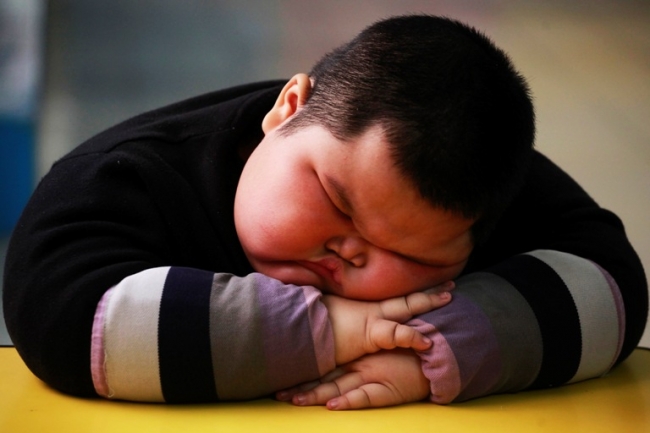
80% of your body is made up of water which you lose quite a bit during your workouts. Your fluid intake is important for the functionality of your joints and body tissues, the regulation of body temperature, and the transport of nutrients. But most people on their unique weight loss journey don’t drink enough water which can lead to complications and injuries, especially if you have a workout regimen.
Water and workouts go hand-in-hand, it’s literally that simple, but one misstep can leave you in the gray area with your routine. Drinking water should be apart of your routine and here’s how you get it right!
First, you start off by choosing the right beverage. If you are apart of the average percentile of people who are working out to maintain or improve their health, then simple water is just fine. But if you spend more than three hours in the gym getting some intense workout in, it is suggest that you drink chocolate milk. Chocolate milk has the sodium and calcium you lose while you sweat, as well the carbs needed to refuel and energize. It also has protein that will repair any damages acquired during your workout. Don’t stress about lost electrolytes, food will restore what you lose during your work out.
Secondly, consume the right amount of water DURING your work out. If you lose a quart of sweat per hour then you should drink 8 oz of what every quarter hour. If sitting down and trying to calculate how much you sweat is a bit much, consuming 4-6 oz every 15-20minutes during your workout is ideal.
Next, don’t over hydrate. Yes, you can drink too much fluid. This problem normally happens to those participating in marathons, triathlons, and athletes. They consume a lot of fluid, but don’t balance it out with sodium creating a life threatening condition called hyponatremia. This is very rare, but it does happen; the problem is normally that people aren’t getting enough water. Not drinking enough water comes with it’s list of risk, commonly, fatigue. When you don’t drink enough water, your blood thickens which makes your heart work twice as hard causing you to get tired.
Lastly, drinking fluids before you exercise -especially if the workout requires a lot of stamina – is ideal. It prevents you from damaging your body and from suffering dehydration. Also, drink during your workout, being proactive about your hydration is effective in maintain your health than being reactive. It may be kind of a nuisance to bring your water bottle along during your workout, but it will be more than worth it.


